It’s nearly summertime and you’re starting to think about giving your lawn a little lushness for the upcoming warmer months. Knowing when to plant grass seed is key in having an attractive, healthy looking lawn. If you’re unsure of when is too late to get your planting project started, then this blog post will answer all of your questions! We’ll provide some background information on how the process works, as well as tips on what not to do if you decide to wait until after winter has ended before committing to grass seeding. By the end of this post, you’ll know exactly when it’s too late—so don’t panic: just keep reading!
How to Beautify Your Garden?
Garden is a great way to relax and enjoy nature in your own backyard, and adding some beauty to it can make it an even more enjoyable space. Here are some tips on how to beautify your garden:
- Add colorful flowers. Flowers add life and color to any garden, so try planting different types of flowers like roses, daisies, lilies, or tulips for a colorful display. [1]
- Add different types of plants. Planting shrubs, trees, and other greenery makes a garden look more lush and vibrant. Try adding some varieties of ferns, succulents, or evergreens to your garden to create a cozy atmosphere.
- Install bird feeders and water features. Adding bird feeders and water features like fountains or ponds will attract wildlife, making your garden even more enjoyable.
- Use light to your advantage. The right lighting can make a huge difference in how your garden looks during the night time. Install some outdoor lights around the perimeter of your garden to create an inviting atmosphere and add some extra beauty to it.
- Create pathways. Creating pathways through your garden can give it an extra layer of charm and add dimension to the space. You can use gravel, stones, or pavers to create a path that will lead your visitors around your garden.
- Hang wind chimes or art pieces. Adding hanging decorations like wind chimes or art pieces is a great way to make your garden feel more inviting and beautiful. Plus, the tinkling of the wind chimes adds a pleasant sound to your outdoor space.
These are just a few tips on how to beautify your garden, but there are many more creative ways you can use to make it an even better place to spend time in. [2]
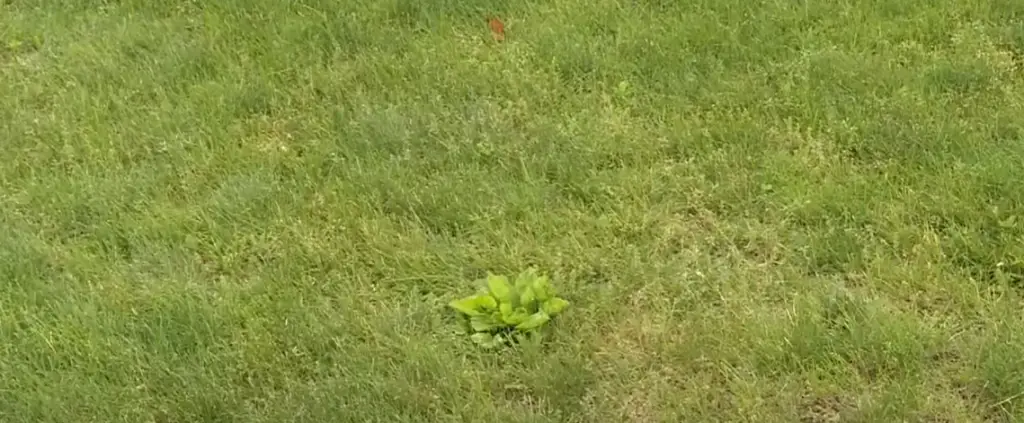
Is It Essential to Plant Grass?
Grass is a beautiful, useful addition to many outdoor spaces. It adds color and texture to the landscape, helps reduce erosion, provides habitat for wildlife, and gives us places to relax and play. But does it really need to be planted? [3]
The answer depends on several factors:
- Is the grass already present? If so, then there’s no need to plant more. You may just need to give it some TLC in order to get it looking its best.
- What are the local soil and climate conditions? Different types of grasses are better suited for different areas, and you’ll want to make sure you have the right type in order to maximize its performance.
- What is the purpose of planting grass? If you’re looking for an aesthetically pleasing landscape, then yes, planting grass may be beneficial. But if you’re hoping to use it for a specific function (such as erosion control or wildlife habitat), then other options may be better suited.
Planting grass also has the following benefits:
- It’s relatively easy to maintain. Grass requires regular mowing, watering, and fertilizing in order to stay healthy.
- It can prevent weeds from taking over your yard. A thick layer of grass will help keep unwanted plants from getting a foothold in your lawn.
- It provides an attractive groundcover that can enhance the overall look of your outdoor space.
- It can add value to your property. A lush, green lawn is a desirable asset for many homeowners.
- It can help reduce noise pollution. The thick layer of grass absorbs sound waves, helping to keep your yard quiet and peaceful. [4]
What Kind of Grass to Choose for the Garden?
When choosing grass for the garden, it is important to consider your local climate and soil conditions. For instance, some types of grass can handle dry climates better than others, while some are more suitable for wetter environments. Additionally, certain grasses might require more fertilizer or maintenance in order to thrive. Here are some common types of grass used in gardens:
Kentucky Bluegrass
Kentucky bluegrass is a popular choice for lawns and gardens. It is drought tolerant, has an attractive bluish-green color, and can spread quickly to create a thick layer of grass. However, it requires regular maintenance in the form of mowing and fertilizing.
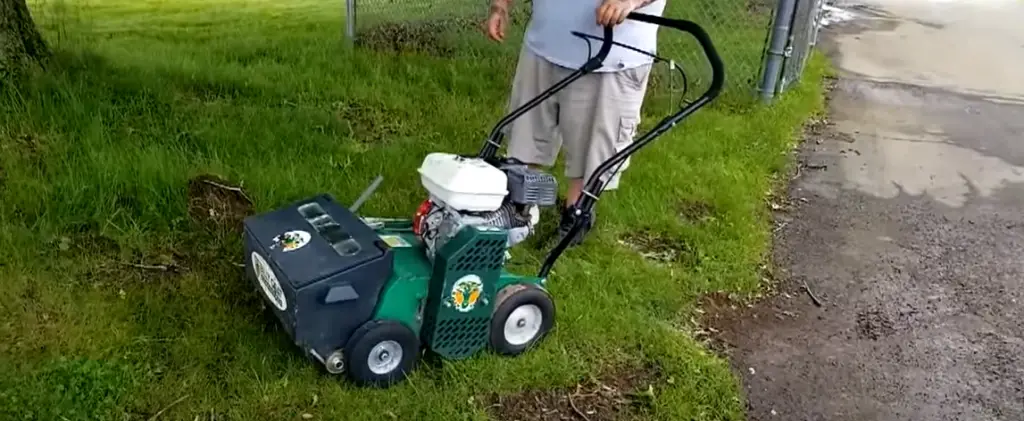
St. Augustine Grass
St. Augustine grass is a warm-season grass native to the southeastern United States. It’s tolerant of sandy soil and can grow in partial shade, making it a great choice for areas with hot summers. St. Augustine grass needs regular maintenance as well, including mowing and fertilizing.
Zoysia Grass
Zoysia grass is a warm-season variety that is drought-tolerant and slow-growing, making it an ideal choice for low-maintenance lawns. It needs minimal mowing and can go up to four weeks without water in hot climates.
Fine Fescue
Fine fescue is a cool-season grass that is well suited to colder regions. It’s drought tolerant and prefers light shade to full sun. It also requires minimal mowing and fertilizing, making it a great choice for low-maintenance lawns.
Tall Fescue
Tall fescue is a cool-season grass that grows rapidly and has a deep root system. It’s drought tolerant and can handle heavy foot traffic, making it ideal for sports fields or active areas of the garden. It needs regular mowing and fertilizing to stay healthy.
Perennial Ryegrass
Perennial ryegrass is a cool-season grass that grows quickly and has an attractive green color. It’s well suited to temperate climates, as it can handle both cold winters and hot summers. It needs regular maintenance in the form of mowing and fertilizing to stay healthy.
Bentgrass
Bentgrass is a cool-season grass that grows in a dense mat. It’s tolerant of shady areas and can handle heavy foot traffic, making it ideal for lawns or golf courses. Bentgrass needs to be mowed regularly and requires frequent fertilizing to stay healthy. [5]
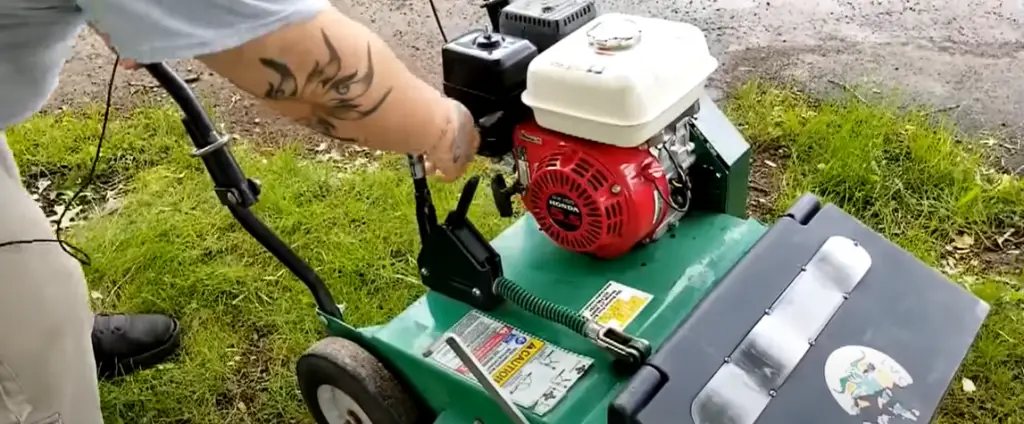
When to Plant Grass?
Planting grass requires some forethought and planning to achieve the best possible results. The best times of year for planting depend on the type of grass and the climate in which it will be planted. [6]
Spring Planting
Spring is the ideal time to plant most grasses, as long-term temperatures are mild and there is plenty of rain. During the spring season, you should be able to see new seedlings within three weeks of planting in favorable conditions. Spring also has longer periods of daylight which helps with photosynthesis and growth.
To maximize the chances for success, it is important to prepare the soil by mixing in organic matter like compost. This will help to create a loose and nutrient-rich environment that encourages root growth. Additionally, you should consider aerating the area before planting grass seed, as this can improve drainage and make sure there is enough oxygen for new roots.
Summer Planting
It is possible to plant grass in the summer, but this can be more challenging due to high temperatures and less frequent rain. Grass seed needs consistent moisture for emergence and growth so you may need to water daily or even twice a day during dry periods if planting during summer. It is also important to take into account the heat-tolerant of various types of grasses as some species will struggle in the summer heat.
Fall Planting
Fall is also an excellent time to plant grass. Temperatures are mild and there is often more rain during this season compared to the summer months. Additionally, as days become shorter the amount of photosynthesis decreases which helps reduce stress on newly planted seedlings. As with spring planting, tilling and aerating the soil beforehand can help to prepare it for planting.
Winter Planting
Though not as common, it is possible to plant grass in the winter months depending on the climate and type of grass. For example, warm season grasses like Bermuda and Bahia are well-suited for winter planting as they thrive during hot summers but go dormant during colder months. Cool season grasses like Kentucky bluegrass and perennial ryegrass, on the other hand, may not fare as well in winter planting and could be left waiting until spring. [7]
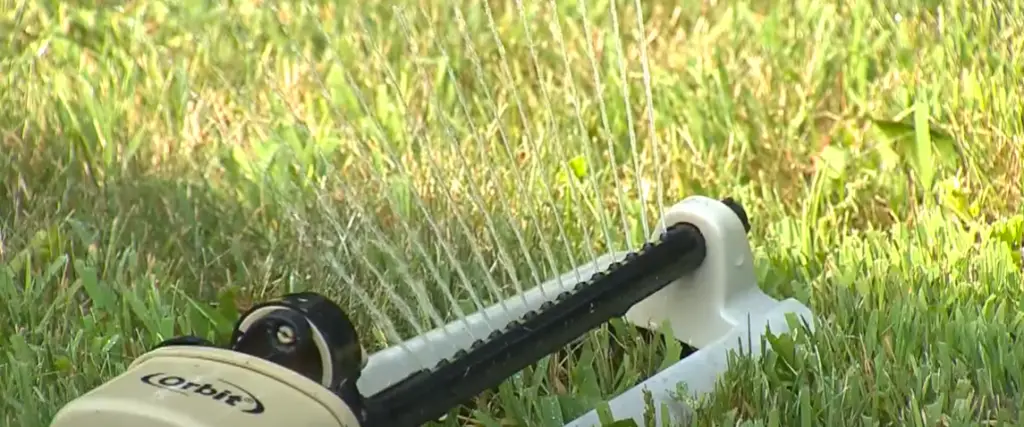
What Happens if You Plant Your Grass Seed Too Late?
Planting your grass seed too late in the season can result in a number of consequences. First and foremost, it can affect how the grass grows during its first few months. If planted too late, the young plants may not get enough sunlight or warmth to help them grow properly. This could lead to yellowing or discoloration of the lawn due to lack of nutrients.
Finally, late planted grass seed may not be able to fight off winter weather as easily as if it were planted earlier in the season. Cold temperatures can lead to frost damage that can reduce the effectiveness of fertilizers, herbicides, and other lawn care treatments. To avoid these issues, it’s important to plant your grass seed early enough that it has a chance to grow before winter sets in. [8]
How to Plant Grass?
Once you’ve chosen the right type of grass and prepared your soil, it’s time to plant your grass seeds. The exact steps for planting will vary slightly depending on the type of grass you’re planting, but some basic tips are useful for any kind of seed:
Prepare the Seeds
Grass seeds are generally small and lightweight, so it’s important to prepare them properly before planting. Most grass seed will need to be mixed with a fine-textured material like topsoil or sand, which helps spread the seeds more evenly when they’re planted. Evenly mix the seeds in the soil or sand before you start planting.
Choose a Spot
Choose a spot in your yard that gets plenty of sun and is relatively free of weeds. It’s also important to think about the long-term needs of your grass—watering, mowing, fertilizing, etc.—and make sure you have easy access to those areas.
Plant the Seeds
For small yards or patches, you can use a seed spreader to evenly distribute the grass seeds. For larger areas, it’s often easier to simply toss handfuls of seeded soil onto the ground and then lightly rake them into the soil. Make sure to keep the topsoil layer thin—grass seeds need sunlight and air to germinate.
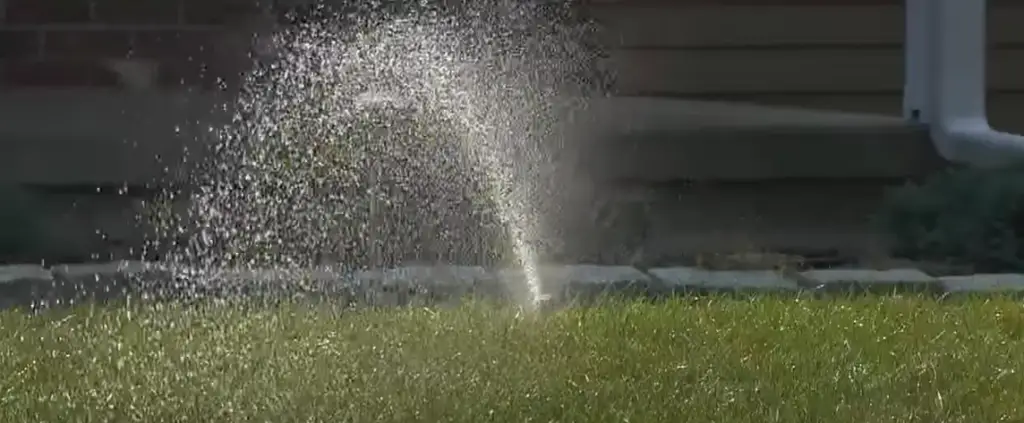
Water and Fertilize
Once the seeds are planted, it’s important to keep them well-watered during germination. In most cases, a light misting of water every day or two is enough to encourage good seed growth. You can also give your grass a light application of fertilizer after it has become established and begun growing.
Mowing & Maintenance
Once your grass has started growing, it’s important to keep up with regular mowing and maintenance. Mow your grass when it reaches about 3-4 inches tall (varies slightly depending on the type of grass), but be sure to never take off more than 1/3 of the blade at one time. Additionally, use a fertilizer and weed control product specifically designed for the type of grass you’re growing to keep it looking healthy.
Tips for Success
There are a few other tips to help ensure that your grass is successful:
- Plant your grass during cooler times of the year, like early spring or late fall;
- Don’t mow too low—leaving some length helps protect the roots and encourages healthy growth;
- Avoid compacting soil around newly planted grass by walking on it, as this can prevent the grass from establishing itself;
- Use a mulching mower to help fertilize your grass while you mow. The clippings are high in nitrogen and will help keep your lawn looking green and healthy. [9]
How to Care for Grass?
Grass is a beautiful addition to any outdoor living space, but it requires regular care and maintenance in order to stay lush and healthy. There are several steps that should be taken to ensure proper care for grass:
- Water the grass regularly – It’s best to water deeply once a week, rather than lightly several times.
- Mow the grass at the right height – The ideal mowing height for most types of grass is between 2 1/2 to 3 1/2 inches. Cutting the grass too short can lead to problems such as scalping and weed invasion, while cutting it too high can create an uneven surface and invite disease and pests.
- Fertilize the grass – Fertilizing is an important part of keeping your grass healthy and vigorous. Choose a fertilizer that’s appropriate for the type of grass you have, and use it according to directions.
- Aerate the lawn – Aerating helps reduce soil compaction, allows air, water, and nutrients to penetrate deeper into the soil, and encourages the growth of deeper roots. Aerating can be done with a mechanical aerator or by hand.
- Control weeds – Weeds compete with grass for water and nutrients, so it’s important to control them before they take over your lawn. Hand-pulling, spot-treating with herbicide, and preventative weed control methods can help manage weeds.
- Reseed bare spots – Bare spots in the lawn can be caused by a variety of factors, including pests, disease, compaction, and drought. To fill them in quickly, overseed with fresh seed that’s appropriate for your climate and grass type.
- Keep it clean – Remove debris such as leaves and twigs from the lawn regularly to prevent them from smothering and killing grass.
Following these steps will help you keep your grass healthy and looking its best! Be sure to contact a professional if you have any questions or concerns about proper care for your grass. With the right maintenance, you can enjoy a beautiful, lush lawn all year long. [10]
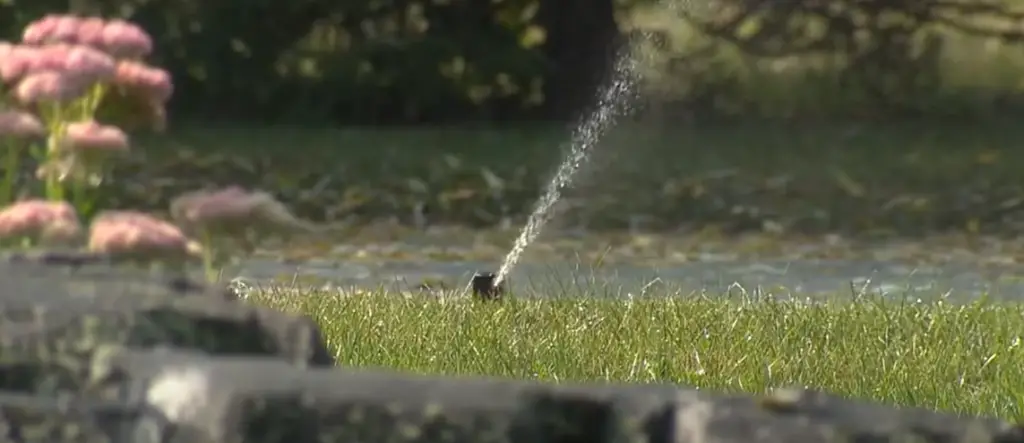
FAQs
What month should I put grass seed down?
It is best to put down grass seed during the months of September, October, and November. The cooler temperatures in the fall will help newly planted grass develop strong root systems. It’s important to make sure that your soil has enough moisture so that it doesn’t dry out too quickly while your new grass is establishing itself. Prepare your soil with organic matter and then spread your seed evenly across the area you want to cover. Finally, top it off with a layer of soil and water deeply for best results.
What makes grass grow faster?
Grass growth is affected by a variety of environmental conditions, including temperature, sunlight exposure, and soil moisture. To maximize grass growth, it’s important to maintain a healthy balance between these factors.
Fertilizer can also play an important role in promoting faster grass growth. Fertilizers contain essential nutrients that help grass absorb more energy from sunlight and convert it into useful growth. Applying fertilizer according to the directions is essential for safe and effective use.
Proper mowing practices can also increase grass growth rates. Mowing too short or too frequently can weaken the grass, so it’s important to maintain an appropriate cutting height and schedule. Additionally, mowing blades should be sharp so as to ensure a clean, even cut.
Finally, aeration is another important factor in promoting grass growth. Regularly aerating the lawn helps promote deep root development and reduces soil compaction, allowing for increased nutrient absorption. This can help the grass absorb more energy from sunlight and grow faster.
Which fertilizer is best for grass?
Organic fertilizers are often the best choice for grass. They provide a slow release of nutrients, which can help avoid over-fertilization and nutrient runoff. Compost and manure are two popular options that are inexpensive and easily accessible. The microbes in organic fertilizers also help to improve the soil structure, increasing its water retention ability and promoting healthier roots.
Synthetic fertilizers can also be used on grass, but it’s important to choose a balanced variety. An NPK ratio of 10-10-10 or 20-20-20 is usually recommended as these provide an equal amount of the essential macronutrients: nitrogen, phosphorus and potassium. Applying too much fertilizer can burn the grass, so it’s important to stick to the directions on the label and not over-apply.
If you are having trouble maintaining a healthy lawn, it may be beneficial to consult a professional. They can help identify potential problems and provide advice on the best way to care for your grass.
What is the easiest grass to grow?
The easiest grass to grow is usually a warm season grass such as Bermuda, Zoysia, or St. Augustine. These varieties are tolerant of both heat and cold temperatures as well as drought-like conditions. They are also relatively low maintenance and require minimal fertilizing and watering. Once established, these types of grasses can handle more foot traffic than other varieties because of their more extensive root system. Additionally, they are often cheaper to install than other varieties and can quickly transform a patchy lawn into a lush green field. It is important to note that these grasses may require more frequent mowing than cool season varieties, since they grow faster in the summertime.
Useful Video: It is too late to seed your lawn?
Conclusion
Planting grass seed can be beneficial and transformative – transforming the look of your lawn or outdoor space from a lackluster, patchy disturbance to a beautiful, lush landscape. However, when is it too late to plant grass seed? The answer depends on the type of grass you’re planning on planting and the climate where you live. Generally speaking, if you live in an area that experiences cold winters, it’s usually best to plant your grass seed in the spring between April and May for optimal germination and results. For warm climates that experience mild winters, autumn is usually a great time to sow your seed. Regardless of what time of year you decide to plant, be sure to equip yourself with knowledge about your region’s watering restrictions and tips for mowing and fertilizing so you can ensure healthy growth all season long!
References:
- https://themicrogardener.com/ten-tips-for-creating-beautiful-gardens/
- https://www.bhg.com/gardening/design/styles/21-easy-ideas-to-beautify-your-yard/
- https://www.homesandgardens.com/gardens/when-to-plant-grass-seed
- https://savvygardening.com/how-to-plant-grass-seed/
- https://www.planetnatural.com/types-of-grass/
- https://www.bostonseeds.com/advice/grass-seeds/when-you-should-sow-grass-seed
- https://www.pennington.com/all-products/grass-seed/resources/the-best-time-to-plant-grass-seed
- https://www.pennlive.com/gardening/2013/10/how_late_is_too_late_to_plant.html
- https://www.bhg.com/how-to-plant-grass-seed-7097100
- https://www.gardenersworld.com/plants/top-lawn-care-tips/





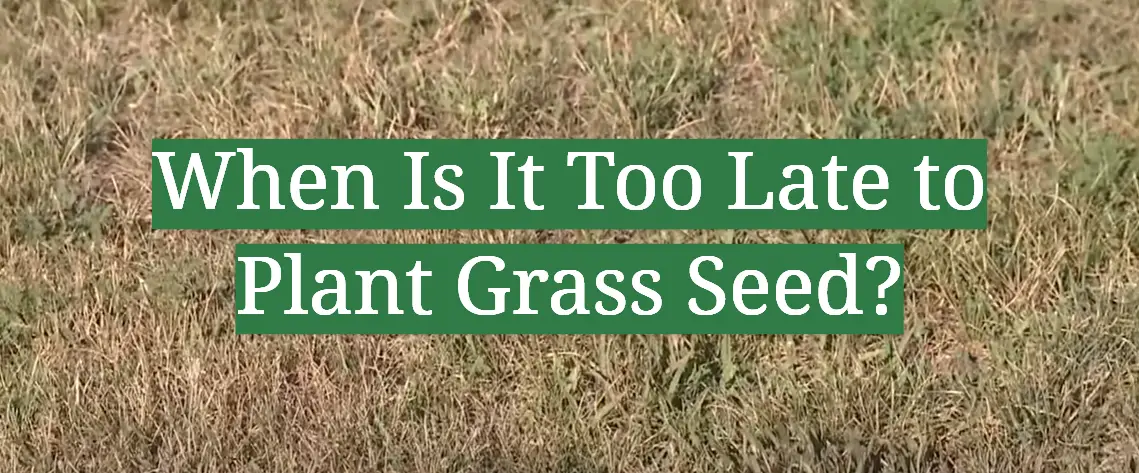




Leave a Reply
View Comments